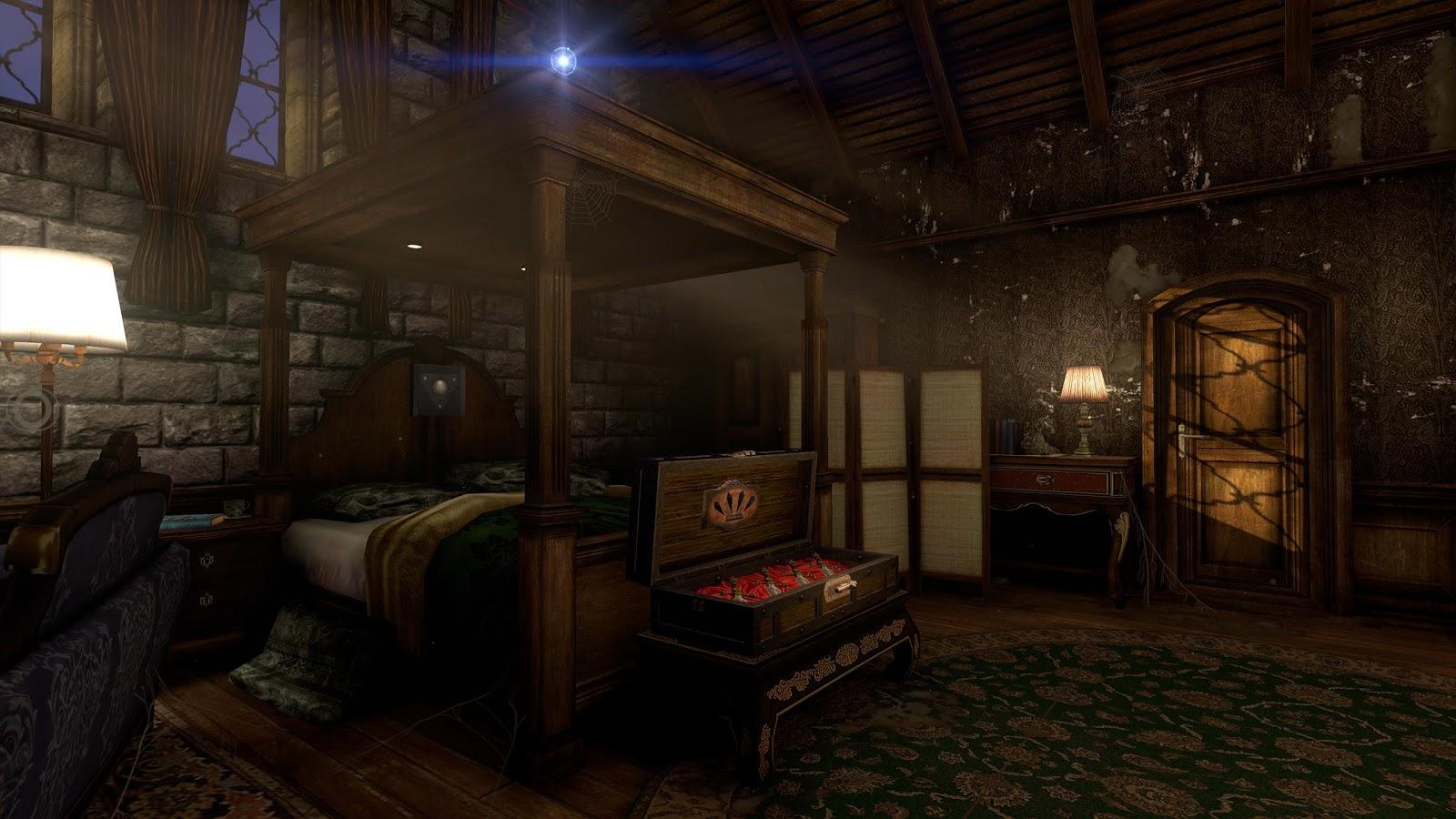

"Do you know how dry blood smells?" he asks.

He extended his hand but did not pull the handle, and the disaster started there." But he managed to get the picture he wanted. "Even my camera was covered in blood," he said. He ended up soaked with the victim's blood.


The eyes of ara photographs movie#
He needed to show "the accident." "But to do that, I had to turn the body over," he said, similar to scenes in the 2014 American neo-noir movie "Nightcrawler," which portrays a cameraman who tampers with crime scenes by moving victims' bodies to get better shots. "I saw an emergency handle and a hand that looked like it was stretching out 20 centimeters away," he recalled with enthusiasm. "Three carriages had collided and there were more than 90 dead on the ground," he remembered. The legendary photojournalist fondly recalls when he went to cover a train accident at the end of 1950s. His career as a photographer stated when he joined a local newspaper called Yeni Istanbul in 1950. " always wanted to be a playwright," wrote Nezih Tavlas in a 2003 biography on Güler called "Photo Journalist."Īt when he was 22, Güler received his first camera, a Rolleicord II. Indeed, in his father's drugstore, where theater artists would regularly gather to buy make-up material for plays, Güler met the founder of modern Turkish theater, Muhsin Ertuğrul, and was even able to work with him. It was thanks to his father's connections that the young Ara managed to land his first job as an assistant film projector in one of Beyoğlu's many theaters. However, he overcame much adversity later becoming a pharmacist in the Ottoman army during the Gallipoli Campaign in 1915. Güler's father became an orphan when he was 6-years-old following the mass relocation of Armenians from Anatolia at the turn of the century. His mother came from an Armenian family native to Istanbul who owned several houses around Beyoğlu. Since his early childhood, Güler belonged to a social class made up of Turkish intellectuals. Earlier in the year, he took pictures of the ongoing construction of Istanbul's third bridge on the Bosporus. "I cannot do anything three days a week, it takes four hours each time and it is unbearable." Still, Güler takes the occasional photograph. "That dialysis makes me stupefied," he said.
The eyes of ara photographs full#
Suffering from renal failure, the legendary photographer is full of stories about dialysis since he has to receive the treatment three times a week. With his gray hair and beard, the 86-year-old Istanbulite looks like a character in one of his famous photos. He made his name mainly with his black-and white nostalgic pictures of Istanbul that depict the city's wide range of emotions, photos that have since been turned into paintings that are showcased at an exhibition in the city's posh district of Bebek, which is open until April 18. A bit grumpy and foul-mouthed, Güler has difficulty walking and more often than not needs someone to lean on.Ĭommonly referred to as "Istanbul's eye" - a term he does not like, as he refuses to claim ownership of the historical city - Güler admits certain weariness. "I am tired of taking photos." Turkey's most popular photographer Ara Güler laboriously takes a seat at Ara Cafe in Istanbul's bustling Beyoğlu district where he has been living since he was born.


 0 kommentar(er)
0 kommentar(er)
